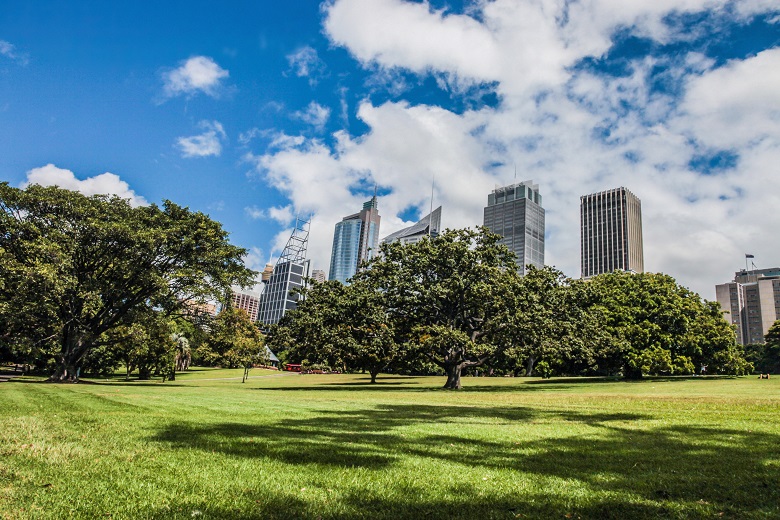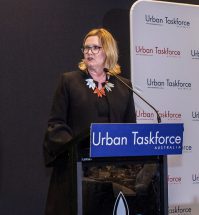
A move to place-based planning with public space at the heart is key to unlocking good urban growth, a senior NSW planning bureaucrat has told an industry lunch.

“One of the things that fuels the prosperity of NSW and the success of Sydney is outstanding public open space, the preservation of our local character, (and) excellence in urban design,” Alex O’Mara, Group Deputy Secretary for Place, Design and Public Spaces for the NSW Department of Planning, Industry and Environment told the Urban Taskforce lunch on Tuesday.
“We know that it’s what attracts people to live in Sydney, it’s what retains talent and brings investment to come and live in Sydney and in our state.”
A move towards place-based planning is being seen across government, Ms O’Mara said, with technology being used for smart place-based planning.
“If you think about the connection between place and public space, the move to place-based planning, with public space at the heart of how we plan for place, is one of the keys to unlocking good growth and density done well,” she said.
Local government critical
Ms O’Mara said local government was critical in the planning process because of its understanding of place.
“I think local government fundamentally understands place maybe in a way that state government hasn’t, and it’s tapped into its local communities so effectively,” she said.
The NSW planning department has had two main priorities set by Premier Gladys Berejiklian, Ms O’Mara said, including greener public spaces and greening the city.
The department has been tasked with increasing the proportion of homes in urban areas that are within 10 minutes walk of green, open and public space by 10 per cent by 2023.
“A key strategy to achieve the premier’s priority is to create more, better and activated public space, to work collaboratively across government, councils, with business, with community to target interventions and to drive better access to quality public space across NSW,” Ms O’Mara said.
Citizen-led approach to urban planning
She said the department would drive a citizen-led approach to achieving the target.
Last weekend, it kicked off a pilot program with Burwood Council looking at the quality of local open space, with members of the community given the opportunity to share their ideas.
The second premier priority, that of greening the city will see one million trees planted around the city by 2022.
“We know that green canopy enhances the amenity and global streets and parks, and it’s crucial in providing vital shades that reduces ambient temperatures,” Ms O’Mara said.
However, she said the department recognised the need for a collaborative effort.
“To get to a million trees, we can’t plant them all on government land. We need to plant them on private land, we need councils to plant them, we need school kids to be planting them in their schools, we need kids to be asking their parents to put them in their backyard,” she said.
“We know that the community will only give us a social license to grow if we give them outstanding urban design, outstanding public space and resilient communities through green infrastructure,” Ms O’Mara said.
Comment below to have your say on this story.
If you have a news story or tip-off, get in touch at editorial@governmentnews.com.au.
Sign up to the Government News newsletter
A great initiative that can be enhanced by making available part of these open green spaces for urban food forests and community food gardens. Cities are not just places houses and work, they are for living; that means places for community connections and cultural development.